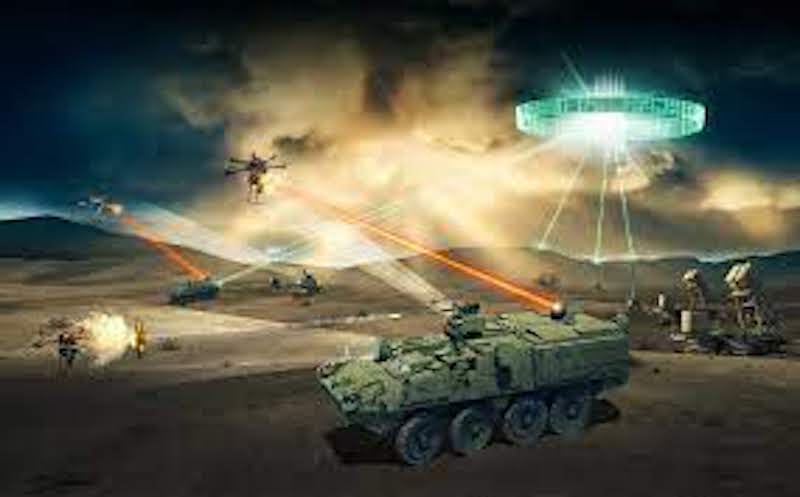Northrop Grumman's short range Counter Unmanned Aerial Systems (C-UAS) command and control (C2) system successfully completed its most complex system of systems test to date.
Detected and intercepted a variety of weapons during live fire trials
Northrop Grumman's short range Counter Unmanned Aerial Systems (C-UAS) command and control (C2) system successfully completed its most complex system of systems test to date. The Forward Area Air Defense Command and Control (FAAD C2) served as the C2 system for all C-UAS assets used to detect and intercept a variety of weapons during live fire trials during recent tests at the Yuma Proving Ground in Arizona. “Our combat-proven Counter UAS C2 system is constantly adapting to meet current and future threats,” said Christine Harbison, vice president and general manager, combat systems and mission readiness, Northrop Grumman. “As we demonstrated, our open architecture can quickly integrate new capabilities from across the battlefield.”
FAAD C2 integrated with eight sensors and six effectors simultaneously to defend against coordinated rocket, artillery and mortar and UAS attacks
The assessment included several complex tests with live fire scenarios using FAAD C2 integrated with eight sensors and six effectors simultaneously to defend against coordinated rocket, artillery and mortar and unmanned aircraft systems (UAS) attacks. FAAD C2 provided a complex single integrated air picture with multiple threats to provide situational awareness, identifying and evaluating threats, and defeat hostile targets with multiple effector types. The U.S. Army’s live fire test evaluated the latest C-UAS system of systems performance prior to deploying systems for operational use. FAAD C2’s successful completion allows Northrop Grumman to release a new software baseline which includes new C-UAS capabilities.
FAAD C2 is deployed in several theaters of operation
FAAD C2 is deployed in several theaters of operation simultaneously conducting short range air defense, C-UAS and counter-rocket, artillery and mortar missions. Its open, multi-domain, system-of-systems architecture enables easy integration with available and future sensors, effectors and warning systems to launch rapid, real-time defense against short-range and maneuvering threats. FAAD C2 will integrate into the Integrated Battle Command System, the Army’s contribution to the U.S. Department of Defense Joint All-Domain Command and Control initiative.

